Description
Patient Underpads: Specification
Material
- Absorbent polymer layers with waterproof backing
- Soft, breathable top layer for skin comfort
Types
- Disposable: Single-use, hygienic, easy to discard
- Reusable: Washable, cost-effective, eco-friendly
- Super Absorbent: High moisture retention, gel-based polymers
- Bariatric: Larger size, enhanced absorbency
- Pediatric: Smaller size, tailored for children
Key Features
- High absorbency for moisture control
- Waterproof backing to prevent leaks
- Odor-neutralizing technology
- Non-slip design for stability
Sizes Available
- Small to extra-large, suitable for beds, chairs, and wheelchairs
Usage & Maintenance
- Proper placement on surfaces
- Easy disposal for single-use pads
- Machine washable for reusable pads
Benefits
- Ensures hygiene and infection control
- Protects skin from rashes and ulcers
- Convenient for caregivers
- Cost-effective for long-term use
Patient Underpads Introduction
Patient underpads play a crucial role in healthcare settings, home care, and assisted living facilities. These absorbent pads protect bedding, furniture, and other surfaces against incontinence, spills, and excessive moisture. Designed for comfort and effectiveness, underpads enhance hygiene, maintain skin health, and improve patients’ and caregivers’ quality of life.
What Are Patient Underpad?
Patient underpads, choux, or bed pads, are disposable or reusable pads made with absorbent materials. They typically feature multiple layers to wick moisture away from the skin, absorb liquids, and provide a waterproof barrier. These pads are widely used in hospitals, nursing homes, and personal home care settings.
Types of Patient Underpad.
1. Disposable Underpads
Disposable underpads are single-use and made from a combination of absorbent polymer layers and waterproof backing. They are convenient, hygienic, and easy to discard after use, making them ideal for hospitals and short-term care settings.
2. Reusable Underpad.
Reusable underpads are made from durable, washable fabric. They are more environmentally friendly and cost-effective for long-term use. These underpads usually have a soft, comfortable top layer and a waterproof backing to prevent leaks.
3. Super Absorbent Underpads
Designed for heavy incontinence, these underpads feature advanced absorbent technology, such as gel-based polymers, to lock in moisture and prevent leaks. They are ideal for patients with severe mobility issues or conditions requiring maximum protection.
4. Bariatric Underpad.
These underpads are larger in size and designed to accommodate heavier individuals. They offer enhanced absorbency and wider coverage for increased protection.
5. Pediatric Underpads
Specially designed for children, pediatric underpads provide the same level of protection but in smaller sizes. They are useful for bed-wetting or children with medical conditions requiring extra moisture control.
Key Features of High-Quality Underpad
When selecting patient underpads, it is essential to consider several features to ensure comfort and efficiency.
1. Absorbency
The most crucial factor is the pad’s ability to absorb liquid effectively. High-quality underpads use super-absorbent polymers (SAPs) to wick moisture away, preventing skin irritation and discomfort.
2. Size and Coverage
Underpads come in various sizes, from small chair protectors to extra-large bed protectors. Selecting the appropriate size ensures maximum coverage and protection.
3. Waterproof Backing
A waterproof layer prevents liquids from seeping through to the bedding or furniture. Materials such as polyethylene or polyurethane are commonly used for this purpose.
4. Breathability and Skin-Friendliness
Breathable underpads promote air circulation and prevent excessive heat buildup, reducing the risk of skin rashes and pressure sores.
5. Odor Control
Many underpads feature odor-neutralizing technology to control unpleasant smells, maintaining a fresher environment for both patients and caregivers.
6. Non-Slip Design
Underpads with adhesive strips or textured backing help keep the pad in place, reducing movement and enhancing stability, particularly for restless patients.
Benefits of Using Patient Underpads
1. Hygiene and Infection Control
Underpads reduce the spread of bacteria and contamination by containing bodily fluids and maintaining cleanliness in healthcare environments.
2. Comfort for Patients
Soft, absorbent underpads enhance patient comfort, preventing the discomfort of damp bedding or furniture.
3. Skin Protection
By keeping moisture away from the skin, underpads help prevent rashes, infections, and pressure ulcers.
4. Convenience for Caregivers
Caregivers benefit from the ease of use and disposal, reducing the burden of frequent linen changes and laundry.
5. Cost-Effective Solution
While reusable underpads may involve an initial investment, they offer long-term savings. Disposable underpads are also affordable for short-term needs.
How to Use and Maintain Underpad
Proper Placement
- Place the underpad directly on the bed, chair, or wheelchair, ensuring the absorbent side faces up.
- Tuck the edges under the mattress for added stability if necessary.
- Position the pad under the hips and lower back for maximum effectiveness for bedridden patients.
Disposal of Disposable Underpads
- Roll up used underpads carefully to contain fluids and dispose of them in a designated waste bin.
- Use gloves and practice proper hand hygiene after disposal.
Cleaning and Reusing Washable Underpad
- Machine wash reusable underpads with mild detergent and warm water.
- Air-dry or use a low-heat setting in the dryer to maintain the pad’s integrity.
Choosing the Right Underpad for Your Needs
Selecting the appropriate underpad depends on factors such as the level of incontinence, frequency of use, budget, and specific patient needs. Here are some recommendations:
- Mild Incontinence: Light absorbency disposable underpads.
- Moderate Incontinence: Standard disposable or reusable underpads.
- Heavy Incontinence: Super absorbent underpads with gel technology.
- Long-Term Use: Reusable underpads for cost-effectiveness.
- Travel and Portability: Disposable underpads for convenience.
Conclusion
Patient underpads are an essential tool in healthcare and home settings, offering protection, comfort, and hygiene for individuals dealing with incontinence or other medical conditions. By understanding the different types, features, and benefits, caregivers and patients can select the best underpad to meet their needs. Investing in high-quality underpads improves overall quality of life and enhances caregiving efficiency.





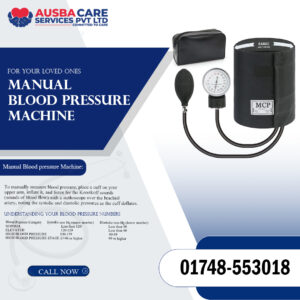

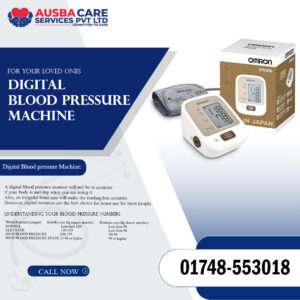
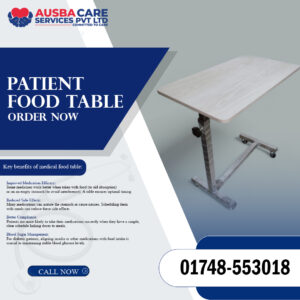

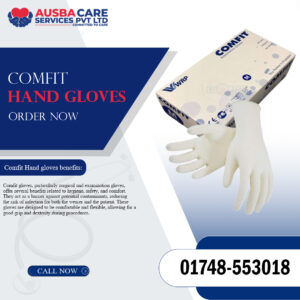










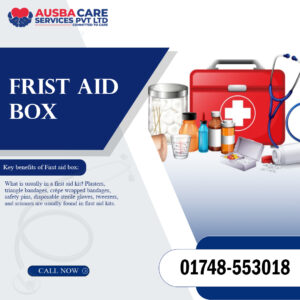
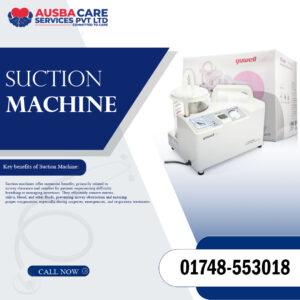


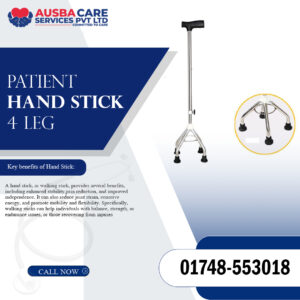
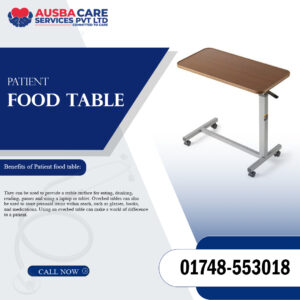



Reviews
There are no reviews yet.